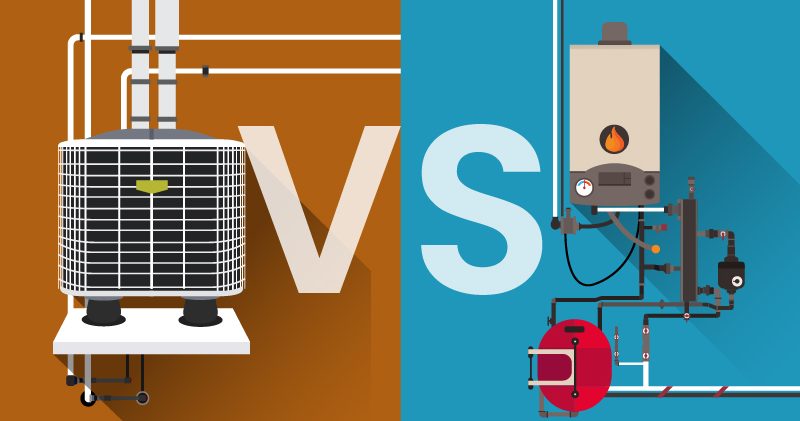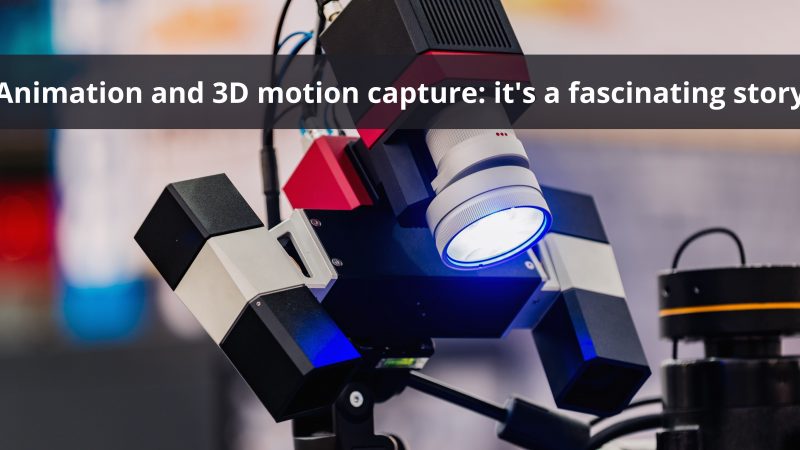Data Loggers for Cold Chain: Key Attributes

Data loggers for cold chain monitoring (often called thermal data loggers) are electronic devices that monitor and document environmental data at predefined time intervals. They enable organizations to easily monitor critical aspects of their uninterrupted refrigerated supply chains, including production environments, storage areas, sensitive products.
Today’s cold chain data loggers are highly digitized and jam-packed with dynamic features such as swappable sensors, digital LEDs, configurable alarms, flash memory, and data analytics for generating up-to-the-minute insights into every aspect of the cold chain. All of these nifty bells & whistles are critical for ensuring temperature consistency to protect assets.
Thanks to their versatility and compact sizing, data loggers have become increasingly popular. They are extensively used in highly regulated industries where monitoring sensitive materials is critical to product safety and regulatory compliance, especially for the case food handling and pharmaceuticals industries.
More recently, data loggers and sensors have hit the headlines for their vital role in the global supply of Covid-19 vaccines, most of which require freezing temperature storage. The mRNA-based vaccine offered by Moderna, for example, must be kept at 20°C, the temperature at which it can remain stable and effective for up to 6 months, according to BBC. Digital data loggers are being used to continuously measure and log the conditions of the vaccine, allowing cold chain managers to ensure temperature consistency.
Many different types of data loggers with a myriad of features to suit every conceivable application are available for cold chain monitoring. You can find anything from a basic standalone, battery-powered device to enterprise-level data logging systems equipped with state-of-the-art predictive analytics.
With so many options, it can be challenging to determine the correct data logger for your cold chain monitoring needs. Whether you are building your cold chain monitoring from the ground up or want to upgrade your current system, here are eight key features to note.
1- Extended battery life
The majority of modern cold chain data loggers are compact and offer battery operation for added portability and energy efficiency. They are perfect for remote management and tracking cold chain shipments – especially during transit.
These multi-function devices are packed with a series of sensors and data logging systems that can still take a toll on their batteries with fast computing and wireless connectivity capability. Choose a model with the battery life capacity to suit your specific needs.
The good news is that the next generation of digital data loggers (DDLs), such as Bluetooth thermal loggers, come with batteries that last for 12 months or longer without running out of juice. Talking to people who have used them can be quite helpful to you in your search for the best digital data logger to suit your needs.
2- Extra sensors
Temperature deviation isn’t the only thing you need to worry about. You need to watch out for many environmental factors and risks when it comes to cold chain logistics. What if the truck’s suspension malfunctions or gases seep into the shipping container?
The best data loggers for cold chain monitoring do more than measure a single variable such as temperature. They are fitted with extra sensors to monitor and log other critical variables like ambient light, air pressure, humidity, physical shock, air quality, and other factors.
Gaining access to additional information is essential when monitoring cold chain shipments of sensitive materials such as chemicals, vaccine ingredients, or medical devices.
3- Predictive analytics
According to Dickson, the primary goal of cold chain monitoring is to identify deviations as early as possible so that corrective actions can be immediately taken. For this reason, the third consideration when choosing a cold chain data logger is intelligent predictive analytics.
You want data loggers that not only make monitoring data accessible in real-time but can also generate accurate, detailed insights, suggestions, and reports. The analytics infrastructure of your monitoring system must be robust and rock-solid, making sure reports are easily visualized and understood.
4- Data access
A proactive approach to cold chain monitoring is much better than a reactive one. That makes access to data another primary consideration. Does your cold chain need real-time tracking (such as a cold box containing the Covid-19 vaccine)?
For transportation of non-sensitive products, you may have to wait until later to download data in bulk. Your data access needs will help you narrow your choices when choosing cold chain data loggers.
5- Industry certification and regulatory compliance
Another significant determinant to weigh is whether you are monitoring your cold chain logistics to meet specific regulatory requirements or industry standards. If that is the case, you will want to invest in data loggers that can provide documentation for proof of regulatory compliance in order to pass an audit.
6- Flexibility
Battery operation gives today’s cold chain DDLs plenty of versatility. This is especially true of wireless data loggers that can be deployed anywhere they may be needed. When assessing DDLs, ensure they provide you with the same level of reliability and accuracy you expect in a wide range of cold chain environments, including outdoor, indoor, and in-transit.
Wireless data loggers are your best bet if you’re looking for greater flexibility without the need for hardware installation and wiring. Long-lasting battery lives and wireless data transmission via Bluetooth, cellular networks, or WIFI make this possible.
7- More than data logging
Depending on your cold chain monitoring needs, it is likely you will need a digital data logger hat does more than log environmental data. Mapping temperature distribution for cold warehousing, storage, or other environments can provide verifiable data for process improvement, quality control, and audit compliance.
8- Ease of use and installation
When your data loggers arrive on-site, it’s time for deployment. You will have to install and configure them for use, followed by rigorous performance testing. As with any other instruments, cold chain data loggers must be regularly validated, calibrated, and maintained. All of these processes must be easy to understand and implement.
Conclusion
Data loggers are powerful pieces of monitoring equipment that can play a critical role in your cold chain logistics. They are essential when it comes to issues of quality control, regulatory compliance, and safety assurance. Make sure your data loggers have the right features and functions to suit your monitoring needs.






